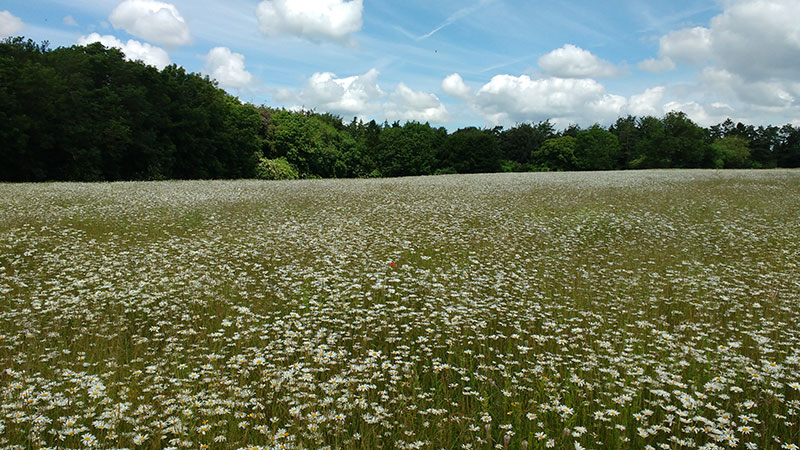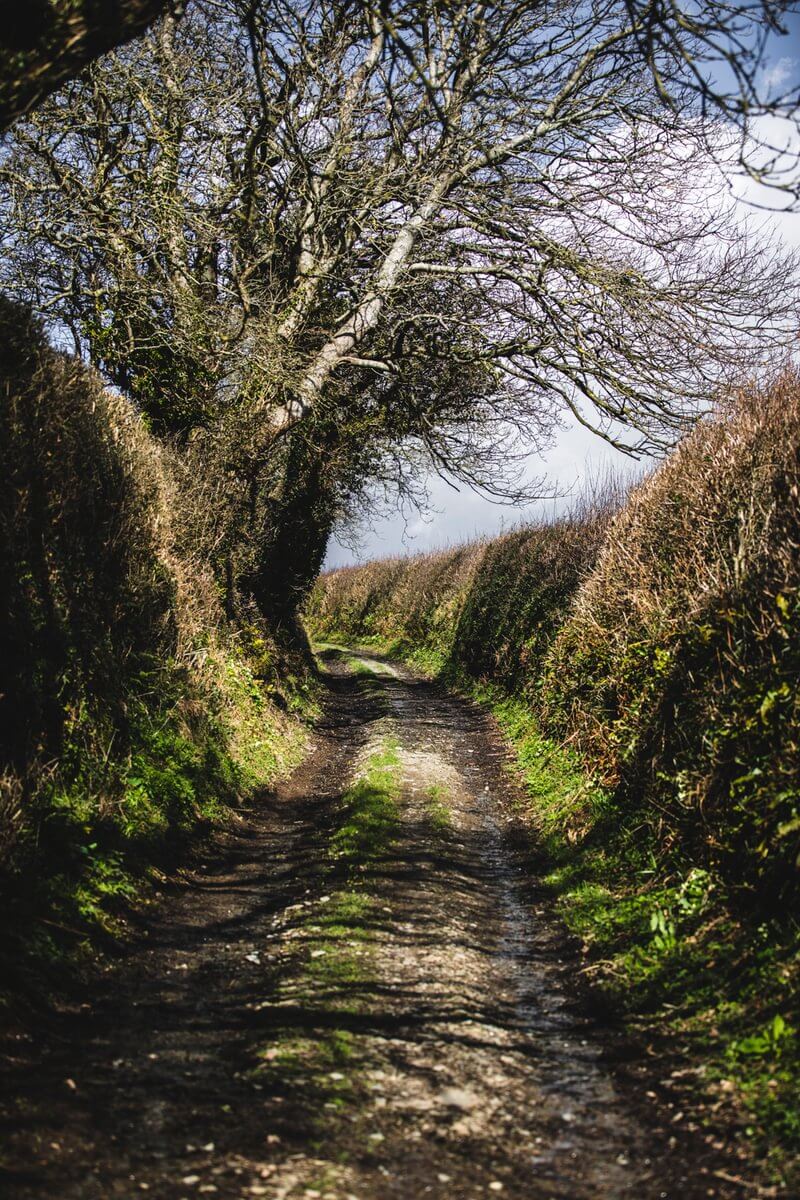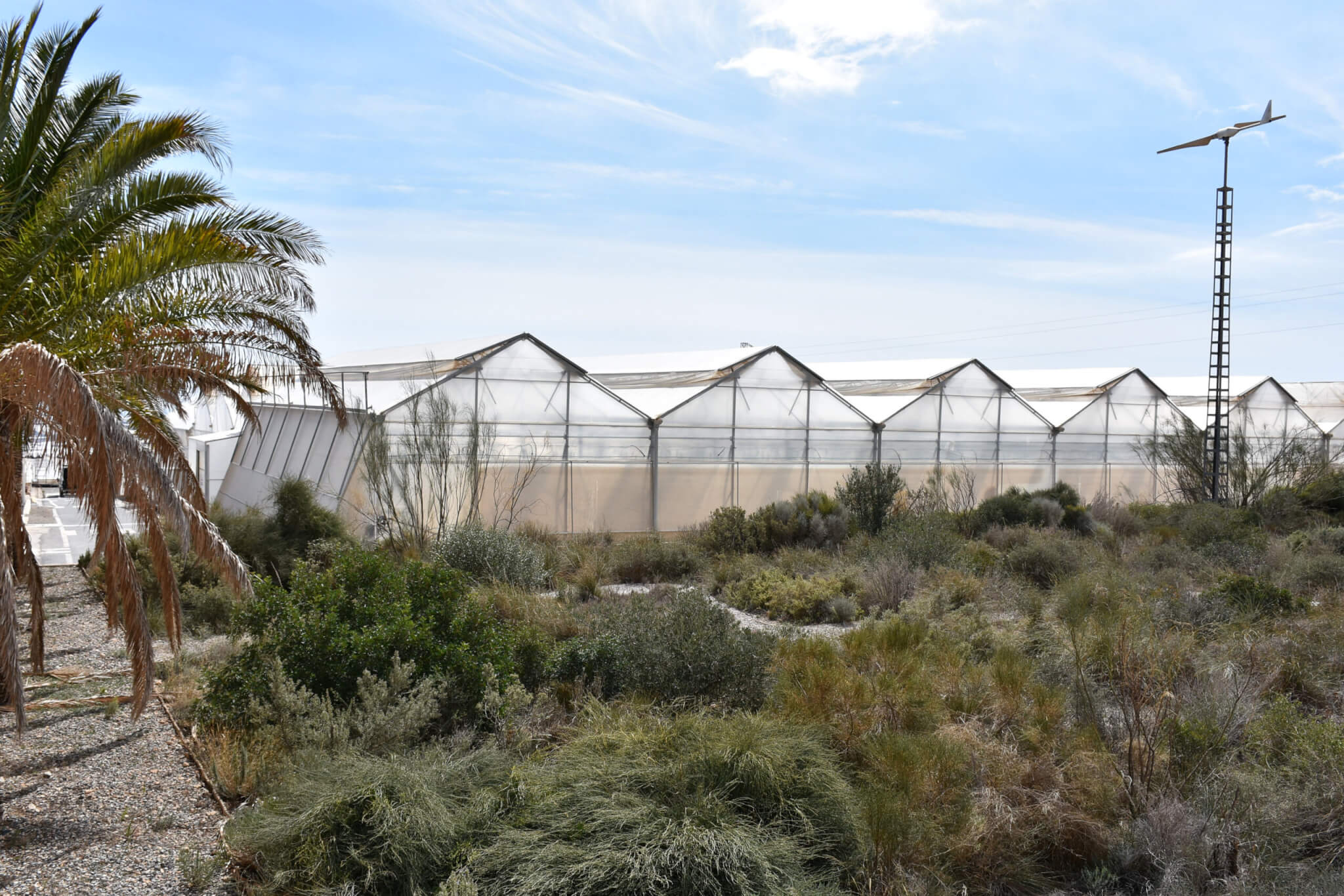Walking in the countryside, for most people, involves taking in the scenery; the sky, trees, birds and other wildlife. People that work the land, however, like farmers, growers and tractor drivers, tend to spend the day mostly looking down at the ground; inspecting soil, cultivating seedbeds and growing crops (and generally fretting about yields, pests, disease etc.).
Your eye gets used to seeing the soil colour and the array of stones laid out on the soil surface but without really trying you tend to notice anything that stands out or looks a bit different. Angus, who drives our Dutch self-propelled vegetable weeding machine at Wash Farm is constantly watching the metal tines glide through the soil. He started to notice whenever flints showed up on the surface and after closer inspection and some research realised they were often flint tools worked by Stone Age man thousands of years ago. For example, tools from the Neolithic period would be 4000 to 6000 years old. These initial finds sparked an interest in history and Angus now has an impressive collection of various arrow heads and blades. Some flint fragments are not tools and have simply been chipped or split by cultivation equipment. You can always tell the ones that are tools because if you look closely you can see the tiny even marks that show where man painstakingly worked the flint shard into a usable and sharp arrow head or blade.
Moving on in location and time, to our 500-acre farm at Sacrewell near Peterborough, we have 2 historic features. In the field called ‘Toll Bar’ near the A47 are a set of enclosures, ring ditches and barrows from the Bronze Age and Iron Age period. Further in, toward the centre of the farm in a field called ‘Pit Close’ is a Roman ironworking site and the sites of two extensive Roman buildings –likely to be villas or a farmstead.

For these two fields we entered into a stewardship agreement with Natural England where we receive a payment for establishing grassland of high biodiversity value (native grasses and wild flowers) and not ploughing for at least 10 years. This helps to avoid the archaeology being further degraded by cultivation and creates a rich and diverse habitat for wildlife. I took the photo above in May looking across Pit Close with a stunning show of oxeye daisies.
I had always hoped to find a Roman coin at Sacrewell and last year I was lucky enough to spot one lying on the surface in one of the vegetable fields. Old coins are often so worn away that it is hard to identify them but this coin still had markings. I believe it is from around 160 AD and shows an image of Faustina the wife of Marcus Aurelius.
 Another coin I found was in circulation between 1726 and 1794 known as a ‘Duit’ or New York Penny. These copper coins were issued by the Dutch East India Company and were used when New York was a young Dutch colony. Quite why this particular coin ended up in a field near Peterborough is a bit of a mystery.
Another coin I found was in circulation between 1726 and 1794 known as a ‘Duit’ or New York Penny. These copper coins were issued by the Dutch East India Company and were used when New York was a young Dutch colony. Quite why this particular coin ended up in a field near Peterborough is a bit of a mystery.
 I found an intriguing piece of pot in a field where we were growing parsnips near Dawlish in Devon. You can see in the picture the unusual face, which is from a late 16th Century Bellarmine jug, used to hold wine and beer and made in the Netherlands. The face is an image of Cardinal Robert Bellarmine (1542 –1621) who was a bitter opponent of the Dutch Reformed Church. It was common for Protestants to express their dislike for him by smashing the jugs.
I found an intriguing piece of pot in a field where we were growing parsnips near Dawlish in Devon. You can see in the picture the unusual face, which is from a late 16th Century Bellarmine jug, used to hold wine and beer and made in the Netherlands. The face is an image of Cardinal Robert Bellarmine (1542 –1621) who was a bitter opponent of the Dutch Reformed Church. It was common for Protestants to express their dislike for him by smashing the jugs.












0 Comments